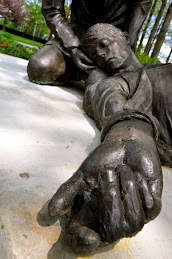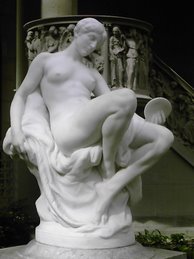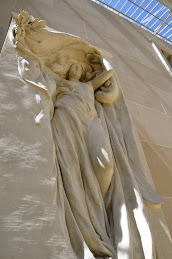By Joseph Kellard
 Fifteen seconds stands between Jacki Munzel and the Winter Olympic trials.
Fifteen seconds stands between Jacki Munzel and the Winter Olympic trials.But the speed skater from Long Beach faces roadblocks: her age and, unlike her dominant Dutch counterparts, the inability to train regularly at a regulation-sized oval.
“I’m skating against people that are skating six days a week and I’m not,” said Munzel, who at 48-years-old has returned to the ice after hitting a barrier.
Her fastest time in the 3,000 meters is 4:32, but to qualify for the trials possibly as late as one month before the Olympics in Sochi, Russia in February 2014, she must shave her time down to 4:17.
Instead of trekking 300 miles to the nearest oval in Lake Placid, Munzel trains daily either at her West End home on a Plexiglas slide board to simulate ice, or she runs the boardwalk and performs non-stop imagination drills along the shoreline from Neptune to Tennessee beaches. She otherwise trains on a short track twice weekly, rollerblades along the Wantagh Parkway, and practices on a regulation-sized oval during three annual trips to Wisconsin and Utah or the day before official races. Each time she hits the ovals she cuts into her time.
In March, she competed in the 21st Masters International Allround Games in Germany, placing first in her age group (40-49) in all four races and first overall in two races (30 and over), all on a recently torn tendon in her left knee and with only two years of speed skating experience. Her European competition took instant notice. “They all came up to me and were like ‘who are you?,’” Munzel said laughing.
A mother of three children, ages 14 to 25, Munzel’s quest to make the Olympic trials comes after a nearly two decade hiatus from her dream of winning gold in another sport. She was a teenage figure skater who sometimes beat the best, including Katarina Witt, and made the trials for the 1984 Winter Olympics. But she was sidelined by an eating disorder, bulimia, which she developed at 18 and couldn’t find help for it.
“It was really secretive then,” said the 5-foot-7 Munzel, who weighed 110 pounds then. “So it was either I quit skating or I was going to be dead because I knew I couldn’t go on doing what I was doing to myself.”
It took her many years to recover, she said, and during that time she moved from her native Illinois to Merrick, got married and, at 24, started to teach skating. When she picked up speed skates two years ago, the sport came natural to her since as a figure skater she was known of her speed. Today she teaches youth hockey players to skate faster and with greater control at ice arenas in Long Beach, Bethpage, Freeport and Bellmore. K.J. Tiefenwerth, 20, a hockey player from Bellmore, trains with her regularly. “She’s the real deal,” he said. “She’s always on you. She mixes form with intensity.”
Her coaches are Canadian Stephen Gough, an Olympic-level trainer, and Glenn Corso, president of the Flushing Meadows Speed Skating Club. Another top trainer, Dante Cozzi, has taught and advised Munzel from her youth, and he believes firmly that she can make the Olympics and win a gold medal.
“I don’t care what her age is,” Cozzi said. “Her technique and her skill level and her determination and work — a lot of people understand what work is but they don’t really know how to apply it. She does.”
When entertaining ideas of making the Olympic team at 50, Munzel appears torn. Her rapid development in the sport has inspired cautious optimism. “If my times are great in the Olympic trials and I was one of the better skaters, yes,” she said about the prospect. But other realities, including that she would then compete against 20-somethings who eat and breath the sport, weigh on her. “I’m going to be realistic: there is no chance that I can do it without training every day on the ice,” she said.
But Cozzi believes she sells herself short and fears committing to the belief that the Olympics are within reach. Two years ago she didn’t believe she could be in the favorable position she’s in today, he noted.
“If she keeps progressing at the same pace she’s doing, she’s making the team and she’s going to be going to Russia,” he said. “She has got the ability, the skill and the drive to make the team.”















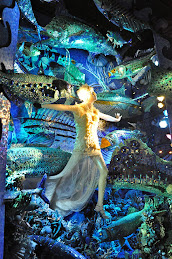











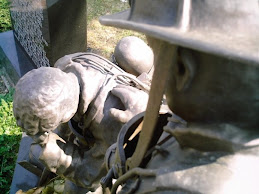

+-+June+2009.jpg)
